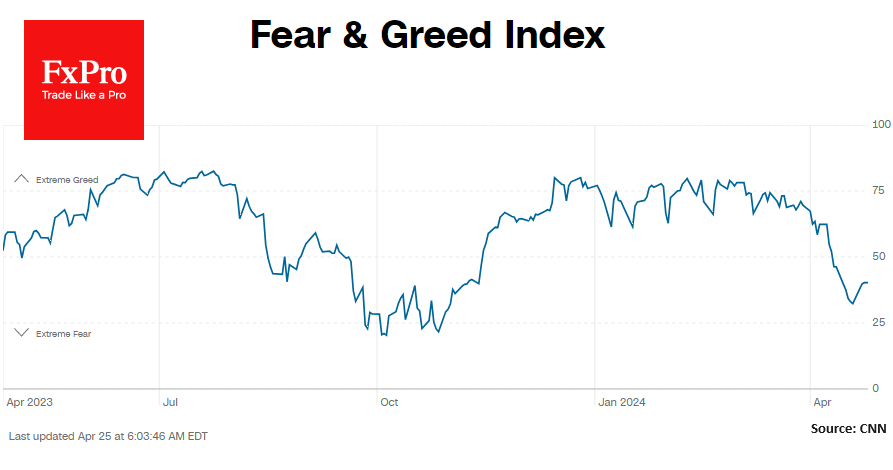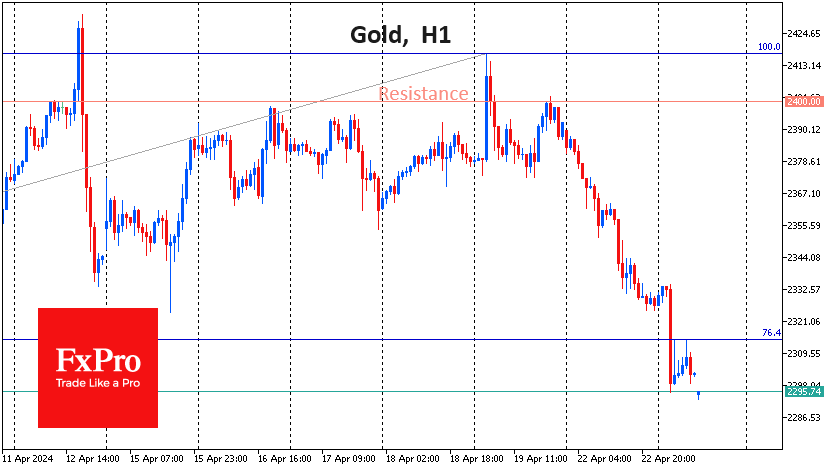Capitulation? This Bitcoin Sell-Off Still Isn’t as Extreme as 2015’s
November 21, 2018 @ 14:38 +03:00

A total of $60 billion has been erased from the value of all cryptocurrencies over the last week, a decline that has many wondering if the ongoing bear market for the asset class has finally come to an end. Defined as a period of depressed activity and sentiment, the bear market has seen the price of bitcoin, the world’s largest cryptocurrency, decline more than 75 percent from all-time highs set in January. Further, as bitcoin makes up more than 50 percent of the entire market in terms of total capitalization, it’s safe to say the bear market may end when bitcoin bulls refuse to cede more ground.
But in order for a true ‘bottom’ to be found, many figure a “capitulation” needs to take place, since it is traditionally the last stage of a prolonged bear market. By definition, capitulation is characterized by extreme panic selling backed by high volume that builds momentum until an eventual “bottom” is found. The bottom is a price level where the asset looks too cheap or undervalued to investors for them to allow it to fall any further.
It’s difficult to consider something to have officially capitulated until after it has occurred, but by looking at previous capitulation stages and market bottoms for BTC, there are a few signs traders and investors alike can watch out for that may allude to an official market bottom. From 2013-2015, BTC experienced a bear market similar to the one occurring now, in which it reached an all-time high of $1,163 in November, 2013 and eventually fell 86 percent to bottom out at $152 in January, 2015. From that day forward, the price never retreated below $152, according to data from the Bitstamp exchange. If that particular market bottom is an example of true capitulation, it’s clear there are two factors paramount to achieving capitulation: volume climaxes and rapid price declines.
The market is again experiencing a significant sell-off, but so far has been more gradual than the capitulation experienced in 2015. That said, sell volume has clearly picked up pace over the last couple of days and the current four-hour chart is showing promising signs for an “at least temporary” bottom. Should be noted, capitulation events do not immediately reverse the long-term trend of a market. After BTC bottomed out in Jan. 2015, it largely traveled sideways for another 10 months before beginning a new uptrend toward the end of the year. Such extreme selling events are also very rare, so it’s unlikely for the exact market conditions of 2015 to be replicated this time around. It’s safe to say though when true capitulation occurs, you’ll know.







